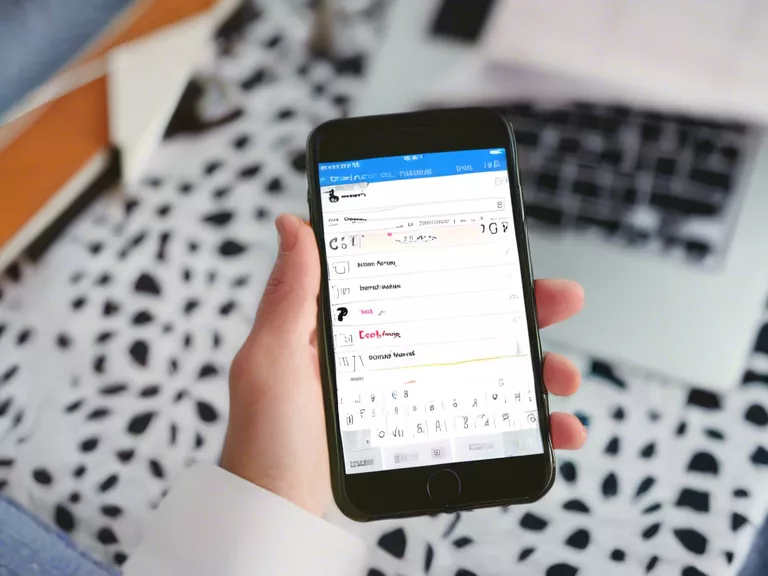
In today's fast-paced digital world, managing finances has become more convenient with the help of finance apps. These apps can automate savings, streamline budgeting, and track investments all in one place. By using finance apps effectively, individuals can take control of their financial goals and make the most of their money. Here's how to use finance apps to automate savings and manage investments:
Set up automatic transfers: One of the easiest ways to save money is by setting up automatic transfers from your checking account to a savings account. Finance apps like Mint and Acorns allow users to schedule recurring transfers on a specific date each month, making saving effortless.
Utilize round-up features: Some finance apps offer a round-up feature where every purchase you make is rounded up to the nearest dollar, and the difference is transferred to your savings account or investment portfolio. This is a simple way to save without even thinking about it.
Create savings goals: Many finance apps allow users to set savings goals for different purposes, such as an emergency fund, vacation fund, or down payment on a house. By visualizing your goals and tracking your progress, you are more likely to stay motivated and reach your targets.
Monitor investments: Finance apps like Robinhood and Wealthfront offer tools to manage investments, track performance, and make informed decisions. Users can view real-time updates on stock prices, diversify their portfolio, and set up automatic contributions to maximize returns.
Use budgeting tools: Finance apps often come with built-in budgeting tools that categorize spending, track expenses, and identify areas for improvement. By analyzing your spending habits and setting a budget, you can save more money and make better financial decisions.
By incorporating these tips into your daily routine and leveraging finance apps effectively, you can automate savings, manage investments, and work towards your financial goals with ease.



